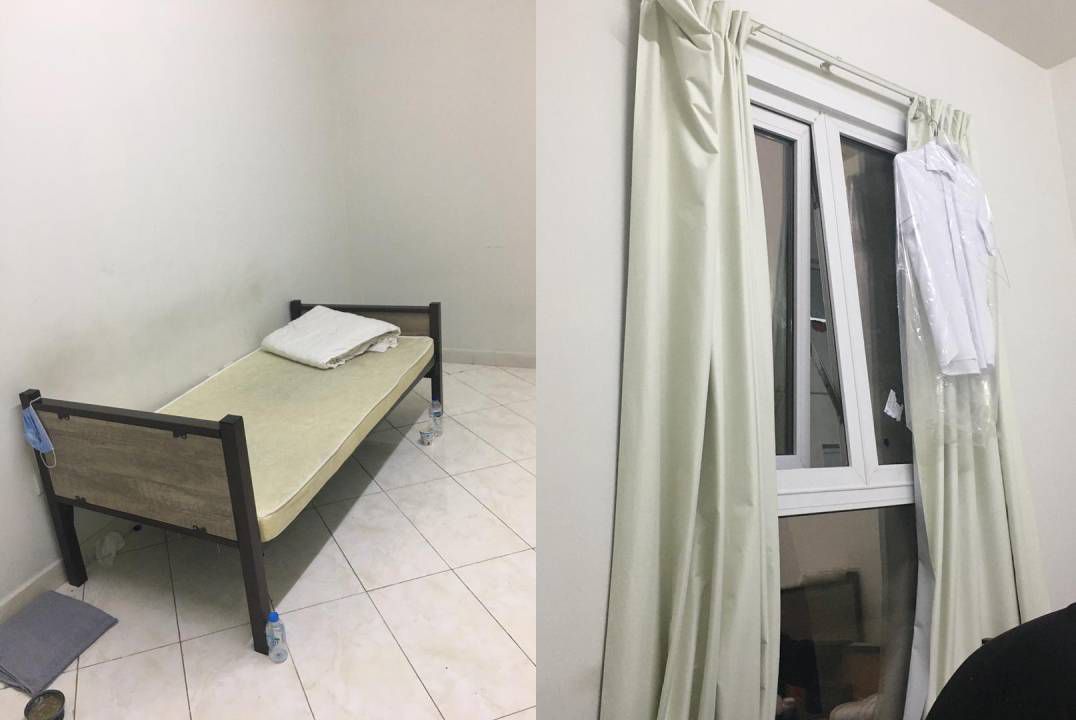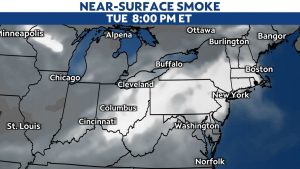COLUMBUS, Ohio — The details surrounding when Ohioans might see a new congressional district map and what it could look like remain a mystery.
The special bipartisan committee made up of Ohio House and Senate members held its second of two constitutionally-mandated hearings on proposals Friday, but did not say what the next steps would be.
The Joint Committee on Congressional Redistricting listened to hours of testimony. Those that spoke denounced the two Republican proposals while urging the committee and the rest of the general assembly to seriously consider passing the Senate Democratic map that calls for eight Republican-leaning and seven Democratic-leaning districts. Witnesses also lambasted the redistricting process for not being open and transparent.
Katy Shanahan, the state’s director for All On The Line, got emotional during her testimony. She said Ohioans, who were clear in 2015 and 2018 about their expectations for redistricting, have expressed their disappointment to her about the actions of the Republican-led legislature and the GOP’s proposals.
“They call us crying, asking us what the point is in engaging in this process if ultimately the message that you all are sending is that you don’t care about what any of us have to say,” said Shanahan.
Her statement received applause from the crowd and an apology from Senator Vernon Sykes, D-Akron.
“I’m sorry that you and the public are disappointed about this process,” said Sykes.
Meanwhile, the chair of the committee, State Rep. Shane Wilkin, R-Hillsboro, focused on maintaining order.
“We set the rules out early on — applause, cheers, boos will not be tolerated,” said Wilkin.
Others addressed the committee echoed similar sentiments to Shanahan including Richard Gunther, a member of the Ohio Citizens Redistricting Commission which introduced its own ‘Unity Map’ at the hearing.
“I see no reason why any democratic legislature would vote for these outrageously biased maps which are even worse than our current map,” said Gunther.
As Wilkin was ending the meeting, State Rep. Beth Liston, D-Dublin, tried to figure out what is next in the process.
“Do we know if this committee is going to meet and if there’s going to be a unified proposal coming before the committee,” Liston questioned.
Wilkin responded, “Me and the co-chair (Sen. Theresa Gavarone, R-Bowling Green) will be discussing that after this meeting and we will let everyone know as quickly as possible.”
A person in the crowd asked how they would know to which Wilkin replied, “We’ll get it out just like we have everything else. At this point, committee stands adjourned.”
After the hearing, Ohio Senate Majority Whip Rob McColley, R-Napoleon, the sponsor of his caucus’ plan, said his idea is the most competitive map. The Senate GOP, like the House GOP, have laid out proposals to maintain or increase the GOP’s current congressional representation despite voters voting closer to a 50-50 split over the last 10 years. However, McColley did make one acknowledgement.
“I’d be very surprised if any one of the four maps is the map that proceeds. I think we’re going to take into consideration a lot of what we’ve heard here,” said McColley.
Now that the joint committee has done what it is obligated to do, and that is just hold hearings, it would appear the focus shifts back to the full legislature. Whichever proposal moves forward will have to pass out of both chambers and then be signed by the governor no later than Nov. 30. A 10-year map hinges on support from Democrats. Otherwise, it will be a four-year map.




